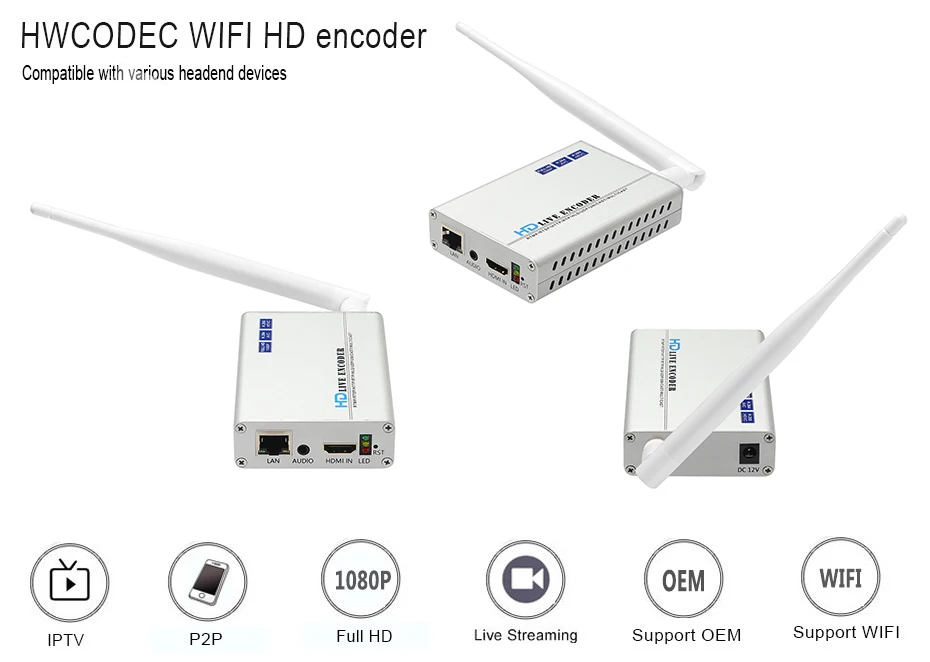

At one end of the pipeline is the CMOS sensor. It is an Arm9 with a video pipeline bolted on the side. Every ffmpeg command will follow the following syntax: ffmpeg input (s) codec options output (s) Input Input is given by -i Input.file/streamurl. Selecting which streams from which inputs will go into which output is either. I am using a Hi35xx camera processor from HiSilicon. The allowed number and/or types of streams may be limited by the container format. Chapter 2 input stream format, single and multiple Transport Streams, continuous bit-streams, ACM and IP packets.

OBS would specify the inputs and ffmpeg process them.ġ) setup on Setting > output > recording > Output to URL Using FFMPEG to make HLS clips from H264.

Maybe a way to implement all this in a single stroke would be the ability to pipe OBS with ffmepg scripts: The tee muxer does a single encode for all the outputs so it is better for the CPU. The tee muxer is quite convenient in that it enables multiple outputs.Ĭase_use: This would allow streaming to various destinations, URL and files (streaming and recording).Ĭase_use: this would allow more muxing options (the video and audio streams can be muxed differently on the various tee muxer outputs) This can be useful for mepgts or mkv (multi-language) for sdi embedded audio inputīut all the filters of ffmeg are available. This command separates for instance a 7.1 sourround audio in 8 streams (+ video stream). One would need to pass options to ffmpeg here: ffmpeg -i INPUT -c:v -c:a -f muxer OUTPUTĮx: ffmpeg -channels 8 -f decklink -i Decklink-INPUT -filter_complex "pan=mono|c0=c0 pan=mono|c0=c1 pan=mono|c0=c2 pan=mono|c0=c3 pan=mono|c0=c4 pan=mono|c0=c5 pan=mono|c0=c6 pan=mono|c0=c7" / (3) enable custom filter options on ffmpeg input:Ĭase use: -filter_complex on audio and video Given a video as input, it will divide it into segments and create a playlist for us.
#FFMPEG H264 INPUT HLS OUTPUT PROFESSIONAL#
Ĭase use: surround audio recorded in different channelsĬoupled to mpegts (see (1) ), this is useful in professional settings (stb iptv dvb) However, recent versions of ffmpeg can also output HLS compatible files. (2) increase the number of audio tracks to at least 16 or better 32:Ĭase use: SDI with embedded audio (16 channels usually) corresponding to various languages, commentary, etc. (1) better codec selections (at least for mpegts):Īt the moment when selecting any given muxer in recording > Custom Output (FFmpeg), a default encoder is selected but there is not always freedom to select another compatible codec.Įx: mpegts => video encoder is only mpeg2video and audio encoder is: mp2īut mpegts is compatible with x264 and aac. FFmpeg is multimedia framework used for stream play, decode, encode, mux, demux, stream, transcode and filter. HLS need HTTP/HTTPS protocol which allows to stream from a regular web server. The generated master playlist m3u8 which does not play in any HLS player I have tried is: In case it helps the Audio m3u8 is: The h2641080p07800k.
#FFMPEG H264 INPUT HLS OUTPUT SERIES#
This is a series of suggestions for a better use of ffmpeg capabilities. HTTP Live Streaming (HLS) is very popular for live-streaming and on-demand video (VOD) technology by Apple.


 0 kommentar(er)
0 kommentar(er)
